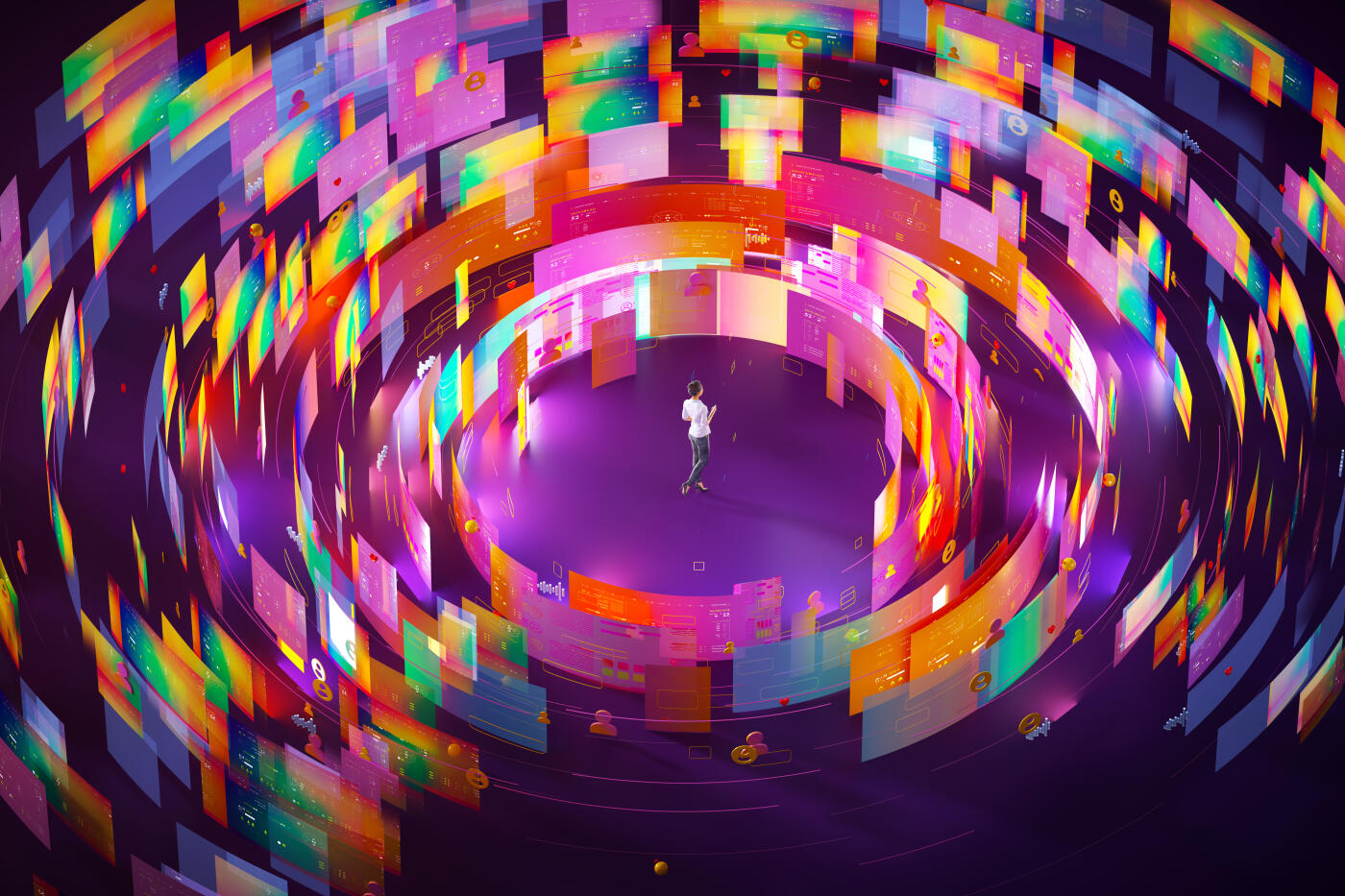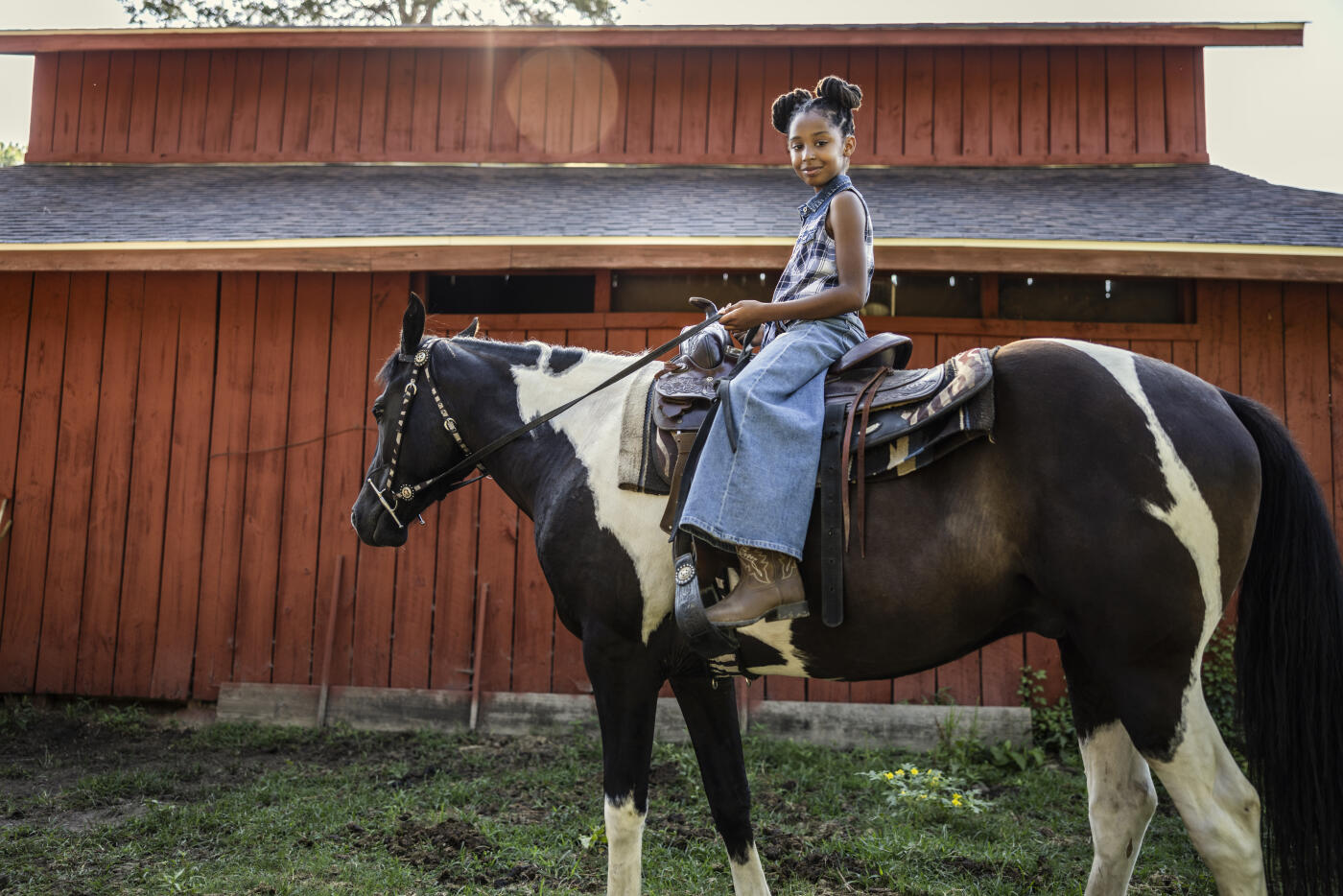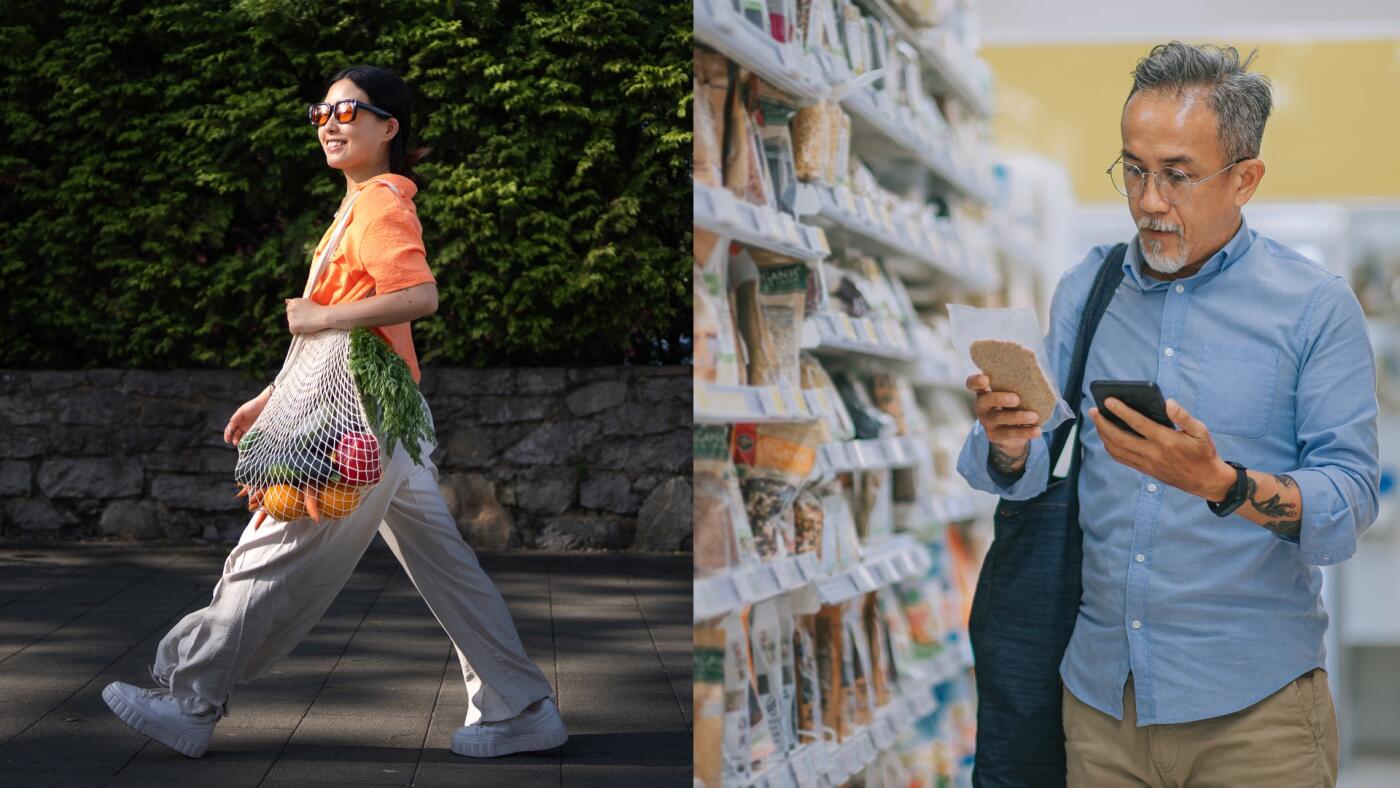TIPS FOR VISUALIZING LOVE AND THE RELATIONSHIPS WE VALUE MOST IN 2021 FOR SMBS AND SMES
Feb 10, 2021
| PDF

Love looks and feels different as we near the one‑year mark of lockdowns and quarantines and Valentine’s Day
New York — February 11, 2021: Visual representations of Valentine’s Day traditionally include depictions of roses, chocolates, teddy bears and cartoon hearts, as well as heterosexual couples holding hands or staring deeply into one another’s eyes… but this year, iStock is challenging businesses to think beyond these one‑note, clichéd visual representations which fall short in their attempts to show what love truly “looks” like.
According to iStock Senior Art Director Claudia Marks, our concept of love is nuanced and ever‑changing, with the ongoing pandemic further impacting the way we express, receive and celebrate love — from a heightened emphasis on loving ourselves, to being separated from the ones we care most deeply for, to keeping our distance and forgoing physical touch as we rely on virtual meetups. The fact is that love looks different in the face of COVID‑19, which means the way we visualize it should look different, too. Love isn’t just romance.
Customers across generations and demographics aren’t looking for a total escape from the realities of living in a world upended by COVID‑19, but they do expect that the visuals brands and businesses use to communicate with them are authentic and real — and simply put, relatable. According to Visual GPS, an in‑house iStock research initiative, realness is highly valued by consumers, as two‑thirds (68%) say it’s important to them that the companies they buy from celebrate diversity of all kinds, with younger people strongly feeling this way (76%) followed by GenX and Baby Boomers (61%). Furthermore, 85% say they look for ways to celebrate the good things in life in support of their emotional and mental health.
Which is to say that love and human connection remain at a premium for all of us. In fact, according to the National Retail Federation, Valentine’s Day spending nationwide is expected to reach $21.8 billion this year on gifts for partners, friends, family, teachers, pets and more — up 32 percent year‑over‑year. However, love looks significantly different than it did just one year ago. Think grandkids FaceTiming grandparents to show off their latest arts‑and‑crafts creation, dance performance or to celebrate a birthday, or a group of friends hosting what would normally have been an in‑person gathering to catch up and relax, over Zoom.
We know that love comes in many forms, but the impact of lockdowns and quarantines has meant that for many, the people we’re feeling closest to in a sentimental sense, might have changed. Roommates and neighbors might have grown closer, for instance, while many are also renewing their focus on loving themselves or their pets as emotional and financial strains abound.
By relying upon imagery that is disconnected from our modern‑day understanding of love, brands miss out on an incredible opportunity to create lasting connections with their customers that simultaneously resonate on a deeper level. As we approach the one‑year mark of mass lockdowns and 6‑foot social distancing norms, brands and businesses should intentionally highlight what unites us all and that necessitates a modern interpretation of love in its varied forms, including:
- Self‑love
- Queer love
- BFF love
- Neighborly love
- Parental love
- Multi‑generational love
- Long distance love
- Coworker lover
- Puppy love
To see visual examples of each of these kinds of “loves,” visit iStock here for a curated set:






